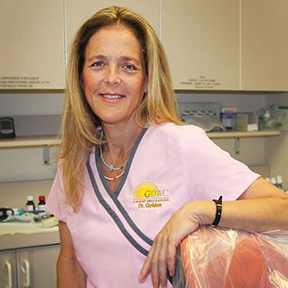Our world is fast evolving, with a growing emphasis on efficiency of systems. Gone are the days when we used to make trips to the local store in order to develop pictures. Now, advances in technology allow the average individual to make, alter and produce images with a simple click on a device. The same advances have been made in the dental field. In essence, dental investigations, using imaging, have taken a broader and safer turn. The dentist, therefore, is privileged to have options, such as non-radio-graphic imaging and digital radiography.
“What is non-radiographic imaging?” the reader may ask. It refers to any production of an image without the use of radiation or radiographic material. It is a vastly accurate, noninvasive and painless way of imaging. Non-radiographic imaging is good for identifying pathologies, dental caries, periapical pathoses, cancerous lesions and root canal anatomy, which may be missed in conventional two-dimensional imaging. Low-radiation three-dimensional technology shows produced this way, e.g., CT scans and cone-beam volumetric tomography, can then be easily manipulated using software produced by companies, such as Galleous and Kodak. Many types of non-radiographic imaging, including the Diagnodent decay detection system, are available.
Low-radiation digital radiography also refers to imaging where digital files similar to two-dimensional and three-dimensional radiographs are produced and stored on a computer. These images are immediately accessible to the dentist. Digital radiography is faster and safer when compared to conventional radiography due to the little amounts of radiation involved in its production.
Non-radiographic imaging and digital low-radiation imaging eliminate the need for traditional X-ray films and their cumbersome development. They are safer for the environment, as the use of potent chemicals to develop radiographic films is eliminated. Again, their use saves time and gives the dentist an avenue to interact more with patients.
With programs, such as the Logicon caries detector software, the digital images produced by digital radiography and non-radiographic imaging may be edited and manipulated electronically. This software, designed by Kodak, also aids in the identification of pathologies, which may be missed by dentists using conventional methods. It assists dentists in the meticulous task of confirming diagnosis with radiographs.
With all the multiple facets of imaging, it is now a fun experience for the dental patient. The process of identification of problems has never been easier, safer and more accurate.
Source: Linda J. Golden, DDS, of Golden Dental Wellness (444 Community Dr., Ste. 204, Manhasset). Call 516-627-8400 for a consultation.





